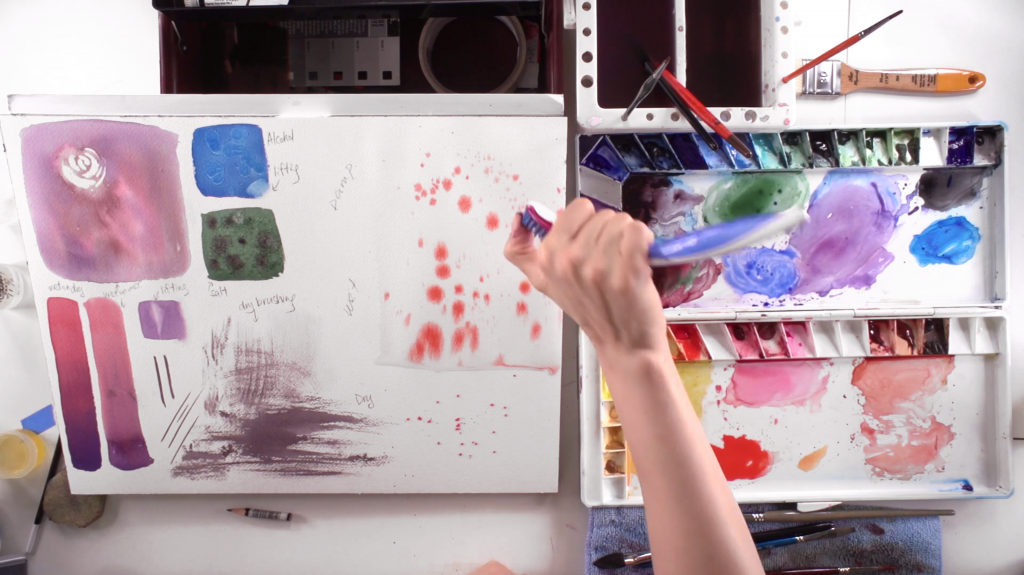For a long time, watercolor painting has been the favorite style of painting of many enthusiasts and professional artists alike.
Watercolor is a material that offers many creative possibilities. The other positive side is that you only need a brush and pigments to get started.
The watercolor painter Chayim Shvarzblat has shared with us that you can create amazing art pieces only by incorporating household supplies into your painting.
These artworks have interesting textures and fluid, carefree colors that showcase the best attributes of the medium.
In this article, the Shvarzblat will share the essential watercolor techniques that all painters need to know. But before, the painter will point out the common tools needed for these techniques in addition to a watercolor paint set, paper, and wet media brushes in various sizes.
- Table salt
- Masking tape or rubber cement.
- Sewing needle
- Rubbing alcohol
- Plastic wrap
Flat Wash
This technique is the most used in most of the watercolor painting styles and it is the most basic. It consists of simply dipping the brush in water and pain and then spreading it over the surface.
“Make sure that your colors look even,” says Shvarzblat, “a flat wash should appear as a single, solid hue on your paper.”
Wet on Dry
This is another fundamental approach. It consists of painting a wash on paper. After the wash has dried, paint on top of it is applied. The bottom layer behind that stroke can be seen because the watercolor is translucent.
Graded Wash
This technique shows a transition from light to dark. The watercolor painter says that you should start by painting dark load up your brush with the most pigment. Then you should drag it across the paper. Next, you should add less pigment to your brush and swipe it across the paper so that it slightly overlaps with your first line. These two groups will begin to converge. Finally, they will look like one. This process should be repeated by adding less and less pigment until the desired tonal range is achieved.
Wet on Wet
In Shvarzblat’s opinion, this technique showcases the best quality of watercolor paint. This is why he uses this technique in most of the paintings in his collection. By using this technique, beautiful ethereal washes are created.
This technique consists of simply wetting a part of the paper with the brush. Then, the brush should be dipped into another color and lightly dotted on the wet area, and watched as the pigment feathers.
